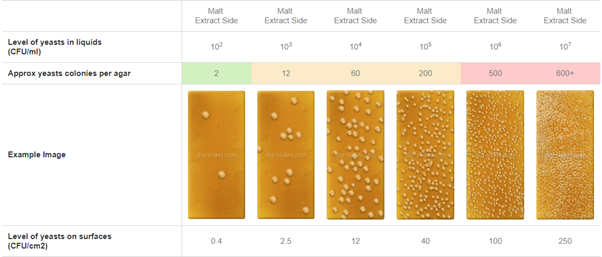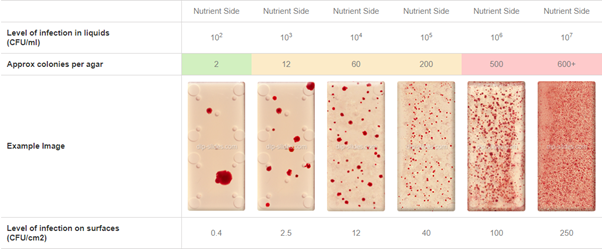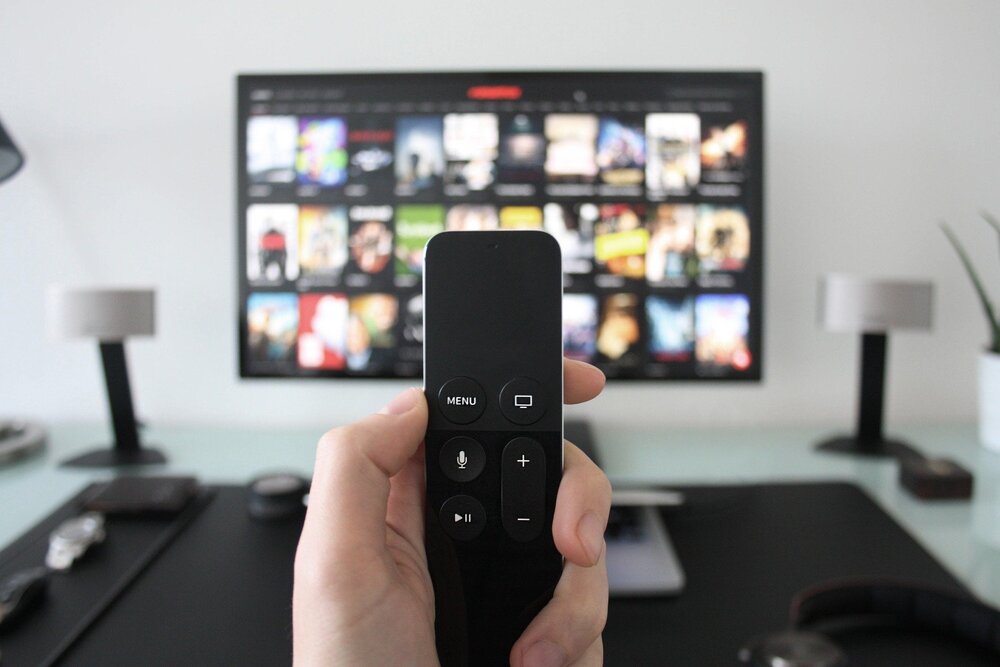When it comes to household hygiene, most people probably assume their toilet seat is the dirtiest item in the house. However, the humble TV remote might just be the most overlooked germ factory in your living room.
Yes, that little device you grab while binge-watching your favourite shows could be harbouring 20 times more bacteria than your toilet seat!
According to research conducted by sofa specialist ScS, TV remotes are a haven for bacteria, yeast, and even mould.
This disturbing discovery comes after swabs were taken from everyday household items, including TV remotes, toilet seats, bin lids, and carpets, to measure their levels of aerobic bacteria, yeast, and mould. The results were enough to make anyone rethink their cleaning habits.
A Germ Haven: The Dirty Truth Behind Your TV Remote
The study found that the average TV remote contained a jaw-dropping 290 colony-forming units (CFU) per square centimetre.
To put that into perspective, a toilet seat—a place everyone assumes is crawling with germs—only measured 12.4 CFU per square centimetre.

That’s over 2000% more bacteria on the remote! And we haven’t even mentioned the mould that was discovered growing on it. Yes, mould on your remote.
Other items swabbed in the experiment, like bin lids and bedroom carpets, also showed significant bacterial levels.

For example, your average bedroom carpet had 140 CFU, while bin lids recorded 262 CFU. But nothing in the home was quite as disgusting as the TV remote.
You may wonder how something as unassuming as a remote control could be so filthy. The answer is simple: people use it all the time and almost never clean it.
More than two-thirds (67%) of Brits admitted to never cleaning their remotes, which means these tiny, everyday items could be crawling with bacteria from unwashed hands, food crumbs, and the dust and dirt that accumulate over time.
Experts Weigh In: How Dangerous Is This?
Bella Middleton, founder of Norfolk Natural Living, wasn’t surprised by the findings. “When you consider how often you touch your remote control, it is not at all surprising that it is less hygienic than your loo seat,” she said.
“It also isn’t an area that you would particularly think to clean on a regular basis. Food for thought when checking into a hotel room or staying in a hospital—just think how many other people have used that remote control before you, especially if they haven’t washed their hands after using the bathroom.”
Middleton recommends simple, natural cleaning solutions to tackle the bacteria breeding ground on your remote. Her go-to method? A quick wipe with a cloth dampened with lavender-scented vinegar. “I always avoid potentially harmful chemicals in favour of safer natural alternatives. Vinegar is a great universal natural cleaning product; it will also disinfect and degrease your remote.”
A Household Overlooked
Let’s face it: while we’re pretty good about wiping down kitchen counters, scrubbing bathrooms, and vacuuming floors, the TV remote is often neglected.
It’s a silent, invisible threat that sits right in our hands, collecting bacteria from food-stained fingers, dirty socks, and pets that may have sniffed or licked it.
Dale Gillespie, Head of Acquisition at ScS, found the research to be an eye-opener. “The results of our research are shocking, with TV remotes in particular being shown to harbour extreme amounts of bacteria, yeast, and mould.
The TV remote is often neglected when it comes to cleaning yet has been revealed to be one of the filthiest items in the home.”
Even more worrying is the fact that most households have multiple remotes lying around. And with more people than ever working from home, family members are likely sharing remotes, creating a perfect storm for germs to spread from one person to the next.
“It’s shocking to see just how dirty remotes really are, especially considering that this is an item that most people, and children, interact with every day.
Everybody should make an effort to give it a regular quick clean from now on,” Gillespie advised.
How to Clean Your TV Remote
It doesn’t take much effort to keep your TV remote clean and germ-free. Here’s a quick guide to make sure you’re not pressing bacteria-riddled buttons:
- Remove the batteries from your remote before cleaning. This will prevent any damage.
- Use a disinfecting wipe or a cloth dampened with a mixture of water and vinegar (lavender-scented if you want to keep things smelling fresh) to wipe down the entire surface of the remote.
- For hard-to-reach areas between buttons, use a cotton swab or a soft-bristled toothbrush dipped in the cleaning solution.
- Avoid using too much liquid, as this could seep into the electronics.
- Let the remote air dry before popping the batteries back in.
If you’re checking into a hotel or staying at someone else’s home, it wouldn’t hurt to give their remote a quick wipe before using it either. Better safe than sorry, especially if you’re dealing with someone else’s germs!
What Else is Dirty in Your Home?
The study didn’t stop at TV remotes. Your bin lid, bedroom carpet, and living room carpet aren’t exactly clean either.
Bin lids measured 262 CFU per square centimetre, and your bedroom carpet isn’t far behind at 140 CFU.
Living room carpets were surprisingly less dirty than expected, clocking in at 52 CFU, but they’re still not exactly germ-free.
For those who think their homes are spotless, this research should serve as a wake-up call. “It’s not just the areas you can see that need cleaning,” says Gillespie.
“Bacteria and germs can thrive in places you don’t even think about—like your TV remote.”
So, next time you’re deep-cleaning your home, don’t forget about the smaller, everyday items you touch the most.
A quick wipe-down once a week can make all the difference when it comes to keeping bacteria and mould at bay.
For more tips on cleaning some of the dirtiest items in your home, and to find out just how gross they really are, check out the full list on ScS’s website.





